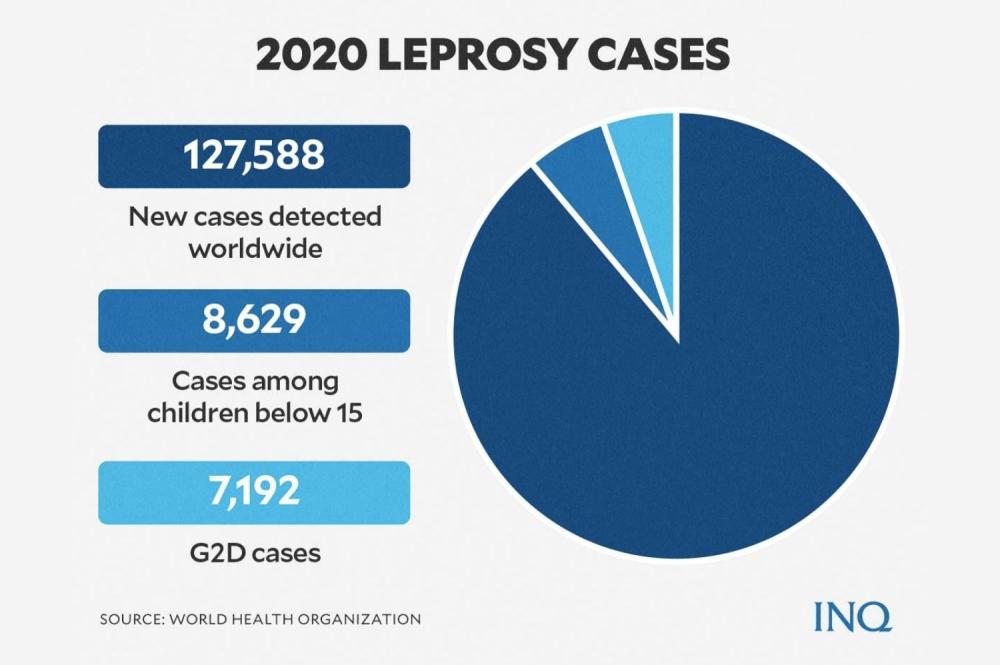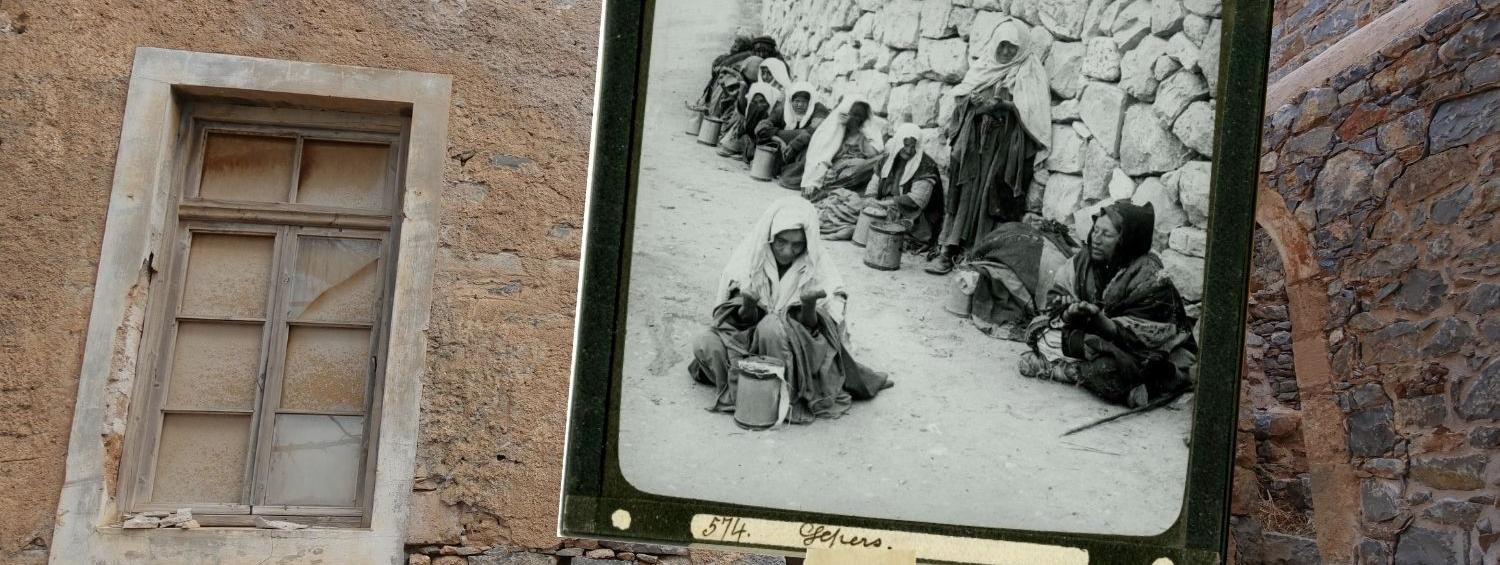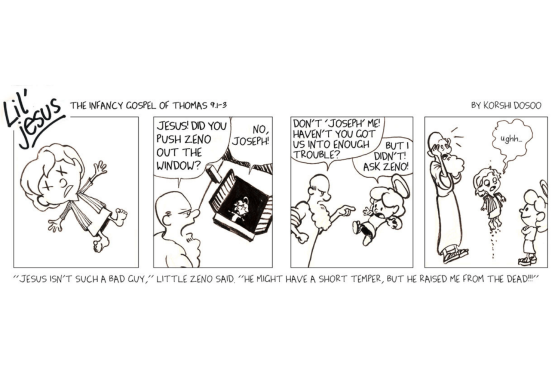“A man with leprosy came and knelt before him and said, ‘Lord, if you are willing, you can make me clean.’ Jesus reached out his hand and touched the man. ‘I am willing,’ he said. ‘Be clean!’ Immediately he was cleansed of his leprosy.”
- Matthew 8:2-3, New International Version
The Bible mentions leprosy over 40 times, and, as seen in the verse above, Jesus specifically heals those suffering from this disease multiple times throughout the Gospels. These miracles astounded onlookers and Jesus’ interactions with the lepers were extremely transgressive for the time period. People with leprosy were social outcasts and people without leprosy were not permitted to touch or interact with them. By communing with these people, Jesus would have become unclean as dictated by law. The accounts of him healing people of this affliction would have transformed these people’s lives - ushering them both back into society and gifting them spiritual wellness.
In A.D. 16 the community of lepers that live on the outskirts of Nazareth play a major role in the story. Beyond their status as outcasts, what can we learn about what living with leprosy was actually like in biblical times?
Modern Day Leprosy
If you google “modern day leprosy,” your search results will lead you to a condition called Hansen’s disease. There are around 200,000 cases a year and the disease can be caught from select unlucky armadillos. Hansen’s disease is a slow moving infection that attacks the mitochondria inside the cell. Over time, it damages the nerves, which become swollen under the skin. This leads to skin discoloration, sores, and loss of feeling. Though this disease still affects people today, it is not very contagious and there is treatment that allows those with the disease to prevent it from worsening. Nowadays, leprosy is nothing to be scared of if you have access to treatment, and 95% of the population is already naturally immune.
So, if Hansen’s disease is not that contagious why would it cause a person to become an outcast in Biblical times? Was the leprosy in the bible the same disease we know as Hansen’s today?
 Image credit
Image credit
Biblical Leprosy
To find the answer, we have to look at the original Hebrew text. The Hebrew word that is translated as leprosy in the Bible is sara’at. Sara’at is a ritualistic term, denoting defilement or uncleanliness. It was used to describe a variety of diseases that affected the skin, and most of which were not similar to what we call leprosy or Hansen’s disease today. Some of the skin conditions associated with sara’at are infectious diseases like: boils, carbuncles, fungus infections, infections after a burn, scabies, and more. Other non-infectious diseases associated with the term include: eczema, phagedenic ulcers, and impetigo/vitiligo. The term was also used to reference materials that were not skin, like clothes, hides, and leather. In these cases, it was likely referencing mold or mildew on the garment or surface in question.
If this term was used to refer to infectious and non-infectious diseases, as well as inanimate objects—what then, does sara’at really mean?
Well, what’s most important in regards to the term is not the physical condition the person may be experiencing, but their ceremonial defilement. The disease that deemed someone a leper may not have been fatal, but their status as a social outcast was not a matter to be taken lightly. This ceremonial defilement meant a separation from God and society; the punishment for being a leper was banishment.
“The person who has the leprous disease shall wear torn clothes and let the hair of his head be disheveled; and he shall cover his upper lip and cry out, “Unclean, unclean.” He shall remain unclean as long as he has the disease; he is unclean. He shall live alone; his dwelling shall be outside the camp.”
- Leviticus 13:45–46
Both Numbers and Leviticus instruct that people with sara’at be cast out from the camp and temple activities. They were instructed to dress in a way that made them easily distinguishable from others and to warn others by crying out “unclean” so that they did not come into contact with them. This was not because the disease they were carrying was contagious, but the spiritual uncleanliness that people feared.
Lepers were at the bottom of the social hierarchy. They lived in communities that were on the fringes of society and likely had to scavenge for food and beg for money. They were separated from their families and lived in these fringe communities until they either died or their skin condition went away. (There was a process by which a leper could return to society if they were deemed clean again.)
While Hansen’s disease is treatable today, the practice of banishing to the margins people deemed as “unclean” is an affliction that remains. Many cities today have started building “anti-homeless architecture,” structures that force unhoused people to congregate on the outskirts of cities, instead of in public spaces. This urban design trend, combined with loitering laws and “customer only spaces,” leads to further ostracization of our most vulnerable neighbors. A.D. 16 reminds us of the pressing need for community care and remembering who our neighbors are. No one deserves to be deemed “unclean.”






